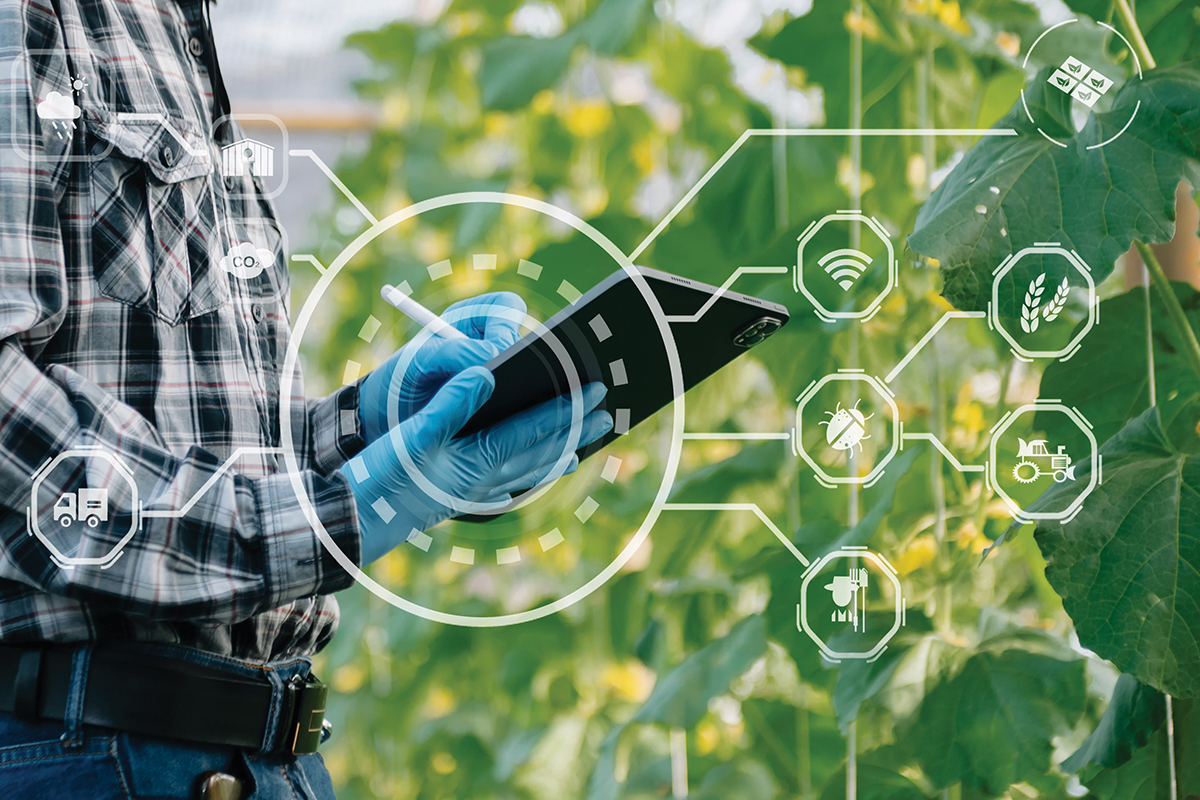
Photonics for earth preservation
By harnessing the power of light, we can develop sustainable solutions to various environmental challenges.
In this post we are highlighting some of the ways photonics can contribute to preserving the planet:

Renewable Energy
Solar photovoltaic (PV) technology converts sunlight into electricity, providing a clean and sustainable energy source. Improved photonic materials and devices can increase the efficiency and reduce the cost of solar panels, making solar energy more competitive with traditional energy sources.

Energy-efficient lighting
Light-emitting diodes (LEDs) and organic light-emitting diodes (OLEDs) are energy-efficient lighting technologies that consume less power and last longer than traditional incandescent and fluorescent bulbs. Widespread adoption of these technologies can reduce overall energy consumption.

Environmental monitoring
Photonic sensors can be used to detect and measure pollutants, greenhouse gases, and other environmental hazards in the air, water, and soil. This data can be used to identify sources of pollution, monitor the impact and provide important input for environmental policies and mitigation measures.

Precision agriculture
Photonic sensors and imaging technologies can be used to monitor soil, water, and crop health, allowing farmers to optimize the use of resources such as water, fertilizers, and pesticides. This can lead to higher crop yields, reduced environmental impact, and more sustainable agricultural practices.

Green networks
Optical communication technologies, such as fiber optics, can reduce energy consumption and greenhouse gas emissions compared to traditional copper-based communication networks. Additionally, photonic integrated circuits can enable faster and more energy-efficient data processing in data centers, further reducing their environmental impact.

Clean manufacturing
By using laser-based methods, manufacturers can minimize waste, reduce material consumption, and eliminate the need for toxic chemicals used in traditional processing techniques. Additive manufacturing such as 3D printing methods enables complex and customized components, while reducing waste compared to traditional subtractive manufacturing methods.
